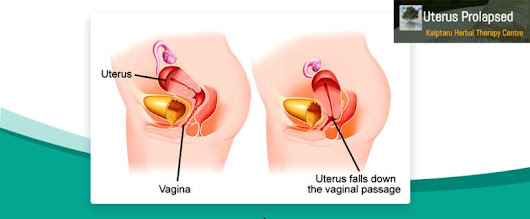What is Uterus Prolapse?
Women who have had a vaginal birth are more likely to develop prolapse, particularly if their doctor utilised devices during delivery, such as forceps (tools that resemble big spoons) or vacuums.
What Are the Uterus prolapse Treatment Options?
Prolapse is usually treated in one of three ways:
1. Keep an eye on it: Prolapse isn't hazardous if you don't have any symptoms. In
this instance, we will develop a care plan for you in which we will describe
prolapse symptoms and request that you return to see us as soon as possible if
you encounter them so that we can help you manage symptoms using the therapies
mentioned below.
2. Wear a pessary: A
pessary is a silicone vaginal support device that is inserted into the vagina
and worn throughout the day. While pessaries do not cure the underlying
prolapse, they are non-surgical and usually alleviate prolapse symptoms.
Pessaries must be removed, cleaned, and changed on a regular basis, and your
doctor will fit them in the office.
3. Surgical treatment: We may resuspend and correct your prolapse using a number of
minimally invasive procedures performed in an outpatient environment. The
majority of these procedures are performed via the vaginal canal, with no exterior
incisions and frequently without the need of general anaesthesia. Other
operations are done via a “keyhole” incision. However, the precise operation
varies according on the kind of prolapse, so talk to your doctor about how
surgery would work for you and your specific circumstance.




Comments
Post a Comment